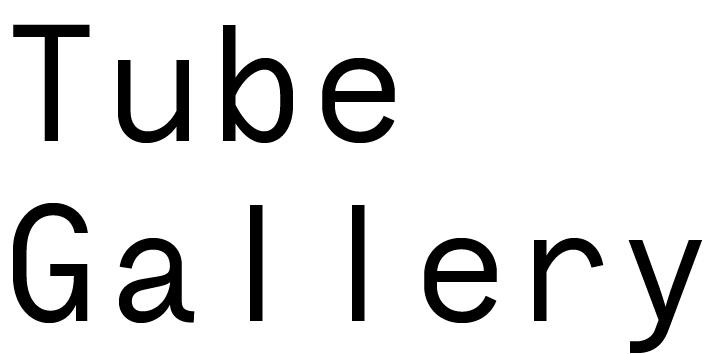SWAB Art Fair
Barcelona
03·07 October 2024
SWAB Art Fair Barcelona
Tube Gallery
3rd – 6th October 2024
Tube Gallery has been selected as one of the three galleries to participate in the prestigious SWAB Art Fair in Barcelona, showcasing emerging talent and contemporary art.
This year, a committee of international art professionals chose only three galleries for this honor. The selection criteria focused on galleries that have been open for less than two years and have not yet participated in any international art fair, highlighting new and innovative spaces in the art world.
Presenting works by two emerging and contemporary artists, both Jack Burton and Mattia Guarnera-MacCarthy base their work off on photography.
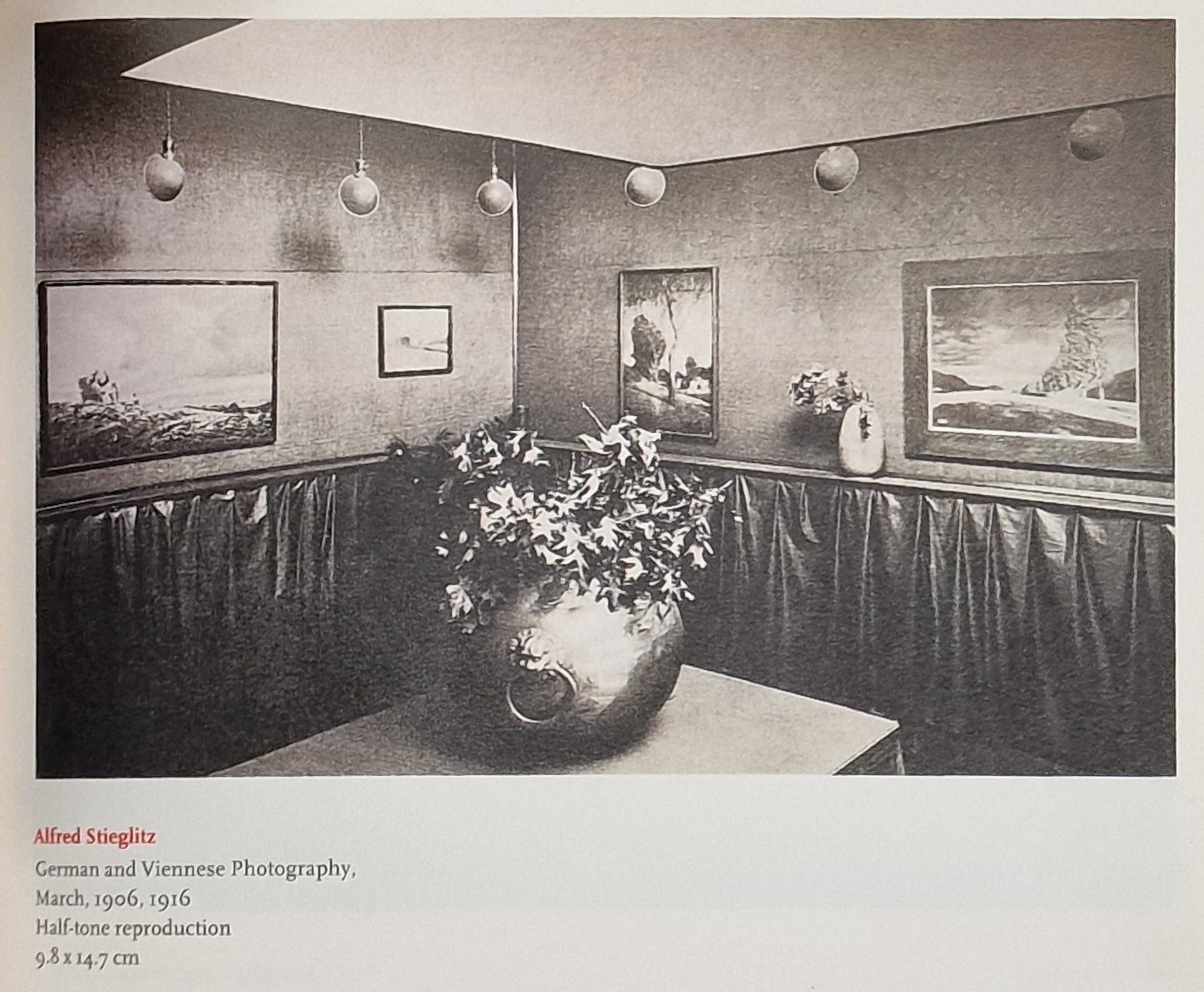
The idea for the booth came from this photograph by Alfred Stieglitz of a photography exhibition in 1906. Stieglitz was a visionary of early photography, ran his own gallery, and argued hard for photography to be considered an artistic medium in its own right, rather than something purely mimetic.
What strikes you when you look through the periodical he published, ‘Camera Work’ (1903 – 1917), is just how wild and experimental early photography was, how full of excitement was the race to discover its full potential. It was a salon art form, both in terms of the discussions it set off in the salons of New York, Paris and London, but also in the way it was shown, here, crowded in, with a shelf, presumably so that you had something for your elbows to rest on as you peered closely at the surface.
Both Mattia and I clearly have a relationship with photography, and true to photography’s salad days, our work explores the potential a photographic image has, rather than using it as something purely mimetic. And so, I wanted to pay tribute to those early salons by creating our own, and in doing so, create something that feels out of context with today, where we could argue photography, in all its ubiquitous cameraphone success, has become in its broad use a tool of representation rather than of creative exploration.
We use photographs not to show, but to think, to propose, to discuss, to do what contemporary art does best, which is to put disparate things together, and make them talk.
JACK BURTON
Finding Foundlings
2024
Direct print on aluminium, wood, acrylic paint, acrylic varnish
32 x 24 x 6 cm
JACK BURTON
Finding Foundlings
2024
Direct print on aluminium, wood, acrylic paint, acrylic varnish
32 x 24 x 6 cm
This particular work is based on a photo I took in Taipei. One of the ways I get to know new cities and new locations is through walking around with my camera. When I ask myself, what am I looking for? I can’t give a specific answer. It’s more about being in a state of openness, and practising active attention. In this case, in Taipei, I was immersed in a study of forms, so that my practice of photography became a practice of studying sculpture, and developing ideas for new works of art. In as much as a way it is impossible to really explain why beautiful things are beautiful in a sentence, beyond saying they just are, this arrangement of traffic barriers struck me as, if not beautiful in a traditional sense, then as deeply gratifying.
There is order and disorder in their arrangement, and they are also things in themselves that give order to disorder by directing traffic away from problem areas. They usually signify a blockage, no entry, yet here they are stacked up presenting holes that reminded me of wild bees’ nests, an entry into a world of insects. They also reminded me of my friend Sean Edward’s work, and I thought about how one can find oneself and one’s own company and references in the most unlikely places. This thought is what led to the insertion of my face into the round holes of the stands.
Lastly, the play of light and colour is in itself very beautiful, I believe. The production of the other half of the work, the frame around the photo, was in this case quite simple. It is there to highlight these elements in the work, and the title refers to this process of finding incidental and orphaned artworks out in the world.
JACK BURTON
Existence And Yet More Existence
2024
Direct printing on aluminum, teak, polishing wax
34x26x6cm
Price upon request
[Enquire]
JACK BURTON
Existence And Yet More Existence
2024
Direct printing on aluminum, teak, polishing wax
34x26x6cm
Price upon request
[Enquire]
This work by Jack Burton, featuring his self-portrait and a candle behind wooden bars, conveys a striking representation of confinement and self-reflection. The candle in the lower half, burning steadily, serves as a symbol of creative energy or life force, while its positioning suggests that it is gradually consuming itself, potentially alluding to the passage of time, personal sacrifice, or even the burning desire for expression that can lead to emotional or mental depletion.
The upper portion of the work presents Burton’s face, trapped and looking away from the flame, giving a sense of detachment or the internal struggle between creation and personal limits. The bars that enclose the image emphasize a sense of imprisonment, framing both the light source and the portrait in a confined space. This suggests that while there is creative illumination or life within, it is simultaneously restricted, implying feelings of entrapment within the roles and expectations that come with an artist’s life or public persona.
Burton seems to explore themes of identity, self-imposed limitations, and the tension between freedom and confinement, as well as the cost of sustaining one’s creative passion over time. The work invites viewers to contemplate their own struggles with identity and the constraints that society, or one’s own choices, might impose on self-expression.
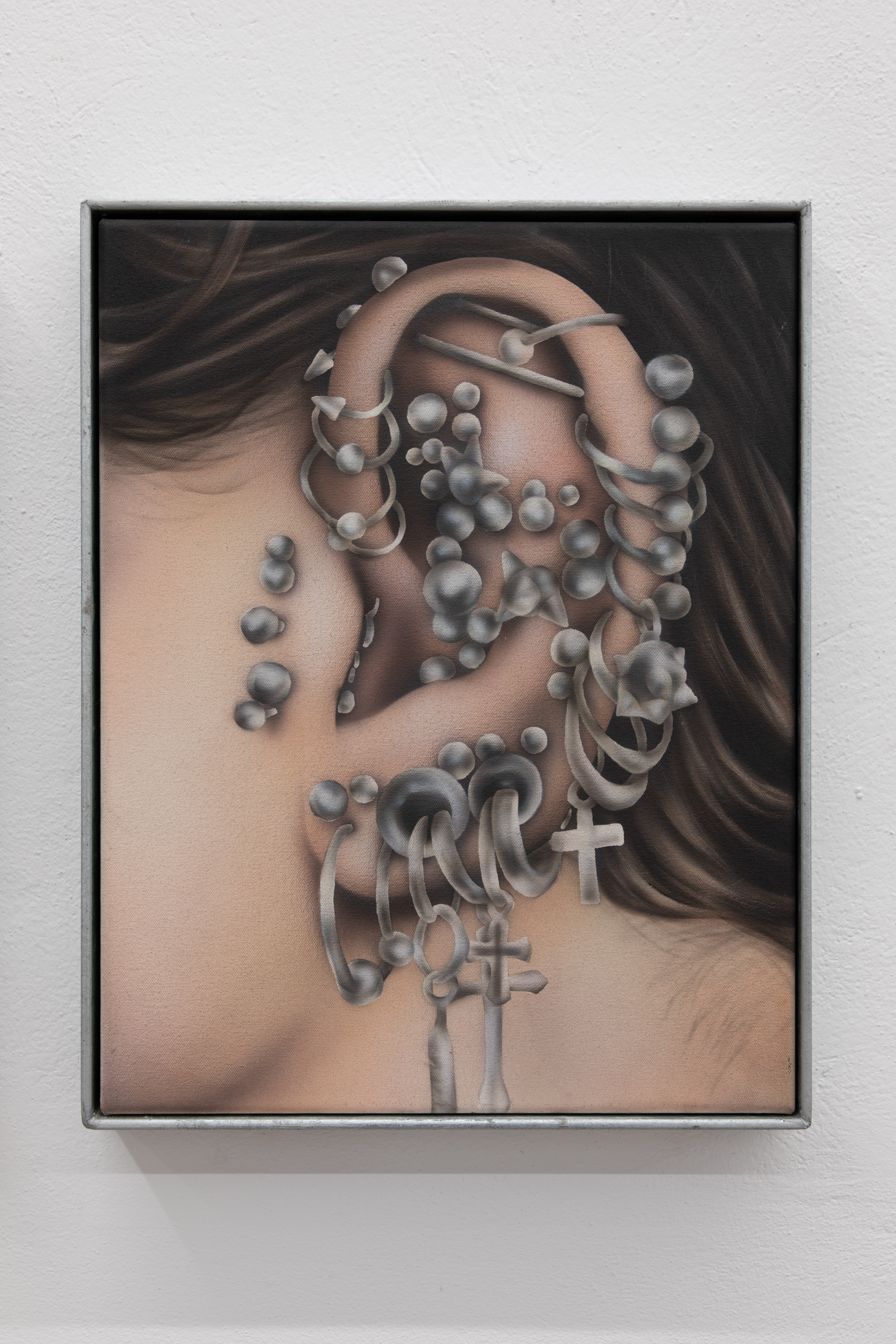
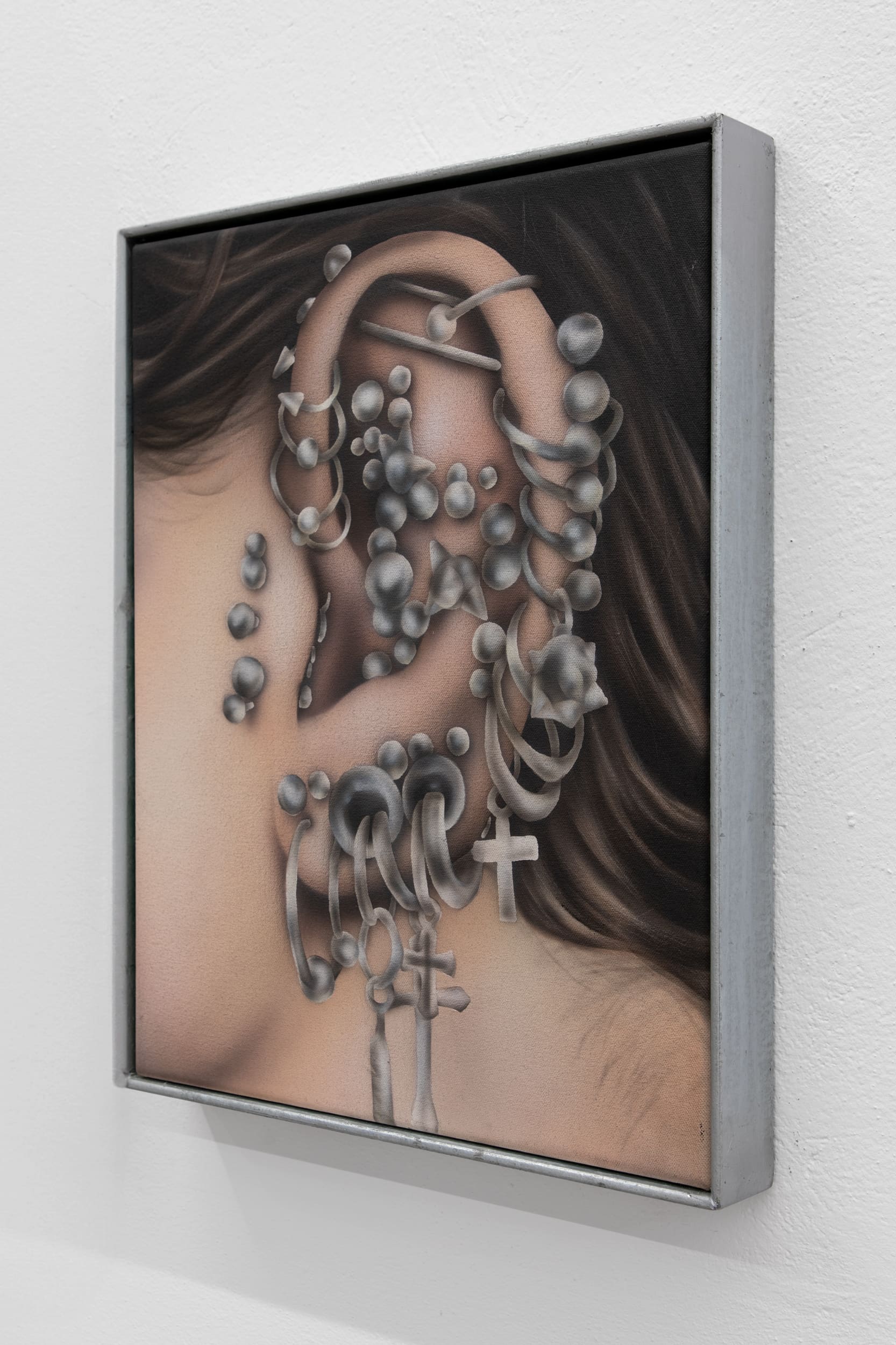
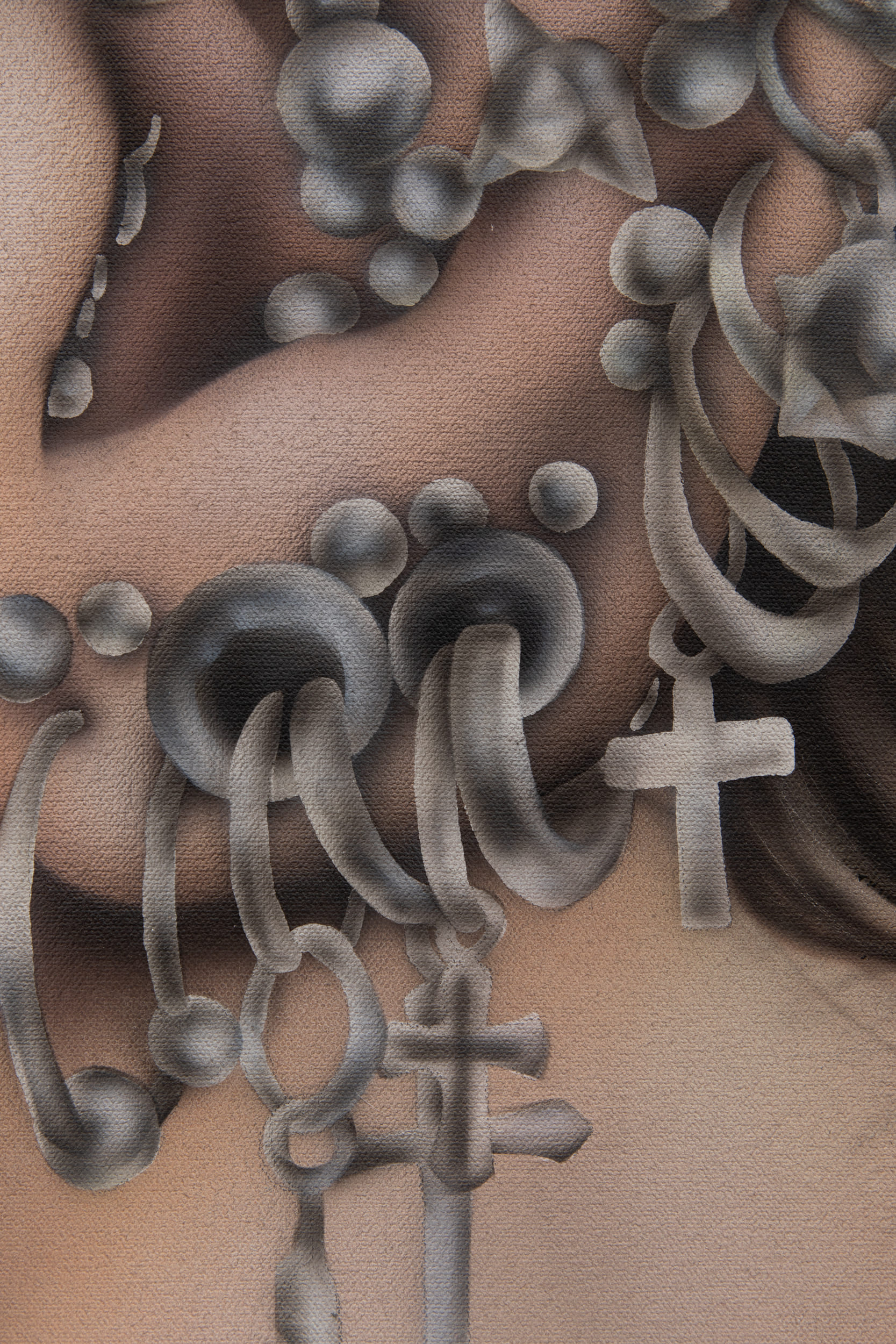
This artwork by Mattia Guarnera-MacCarthy, titled One More, presents a hyperrealistic depiction of a close-up ear adorned with an abundance of piercings. The meticulous detail in the metal loops, cross pendants, and other jewelry, combined with the skin’s smooth texture, highlights the artist’s mastery of texture and form.
The work suggests themes of identity, self-expression, and perhaps the weight of societal or personal adornment. The exaggerated number of piercings, almost covering the entire ear, could reflect how external symbols (like jewelry) sometimes overtake the individual’s natural form, signaling a deeper commentary on how people may feel the need to display their identity or status through objects. This exploration of the body as a canvas for external symbols taps into contemporary discussions on individuality, the burden of social expectation, and the ways in which we modify ourselves to fit or resist cultural norms.
In the context of Mystic Cool (Guarnera’s exhibition at Tube Gallery), this piece fits with the artist’s exploration of how identity is constructed, blending influences from Ghanaian, Italian, and UK cultures into his visual language. The hyperrealistic style combined with almost surreal, excessive adornment can also be interpreted as a way to challenge the viewer’s perception of normalcy and self-expression.
Jack Burton
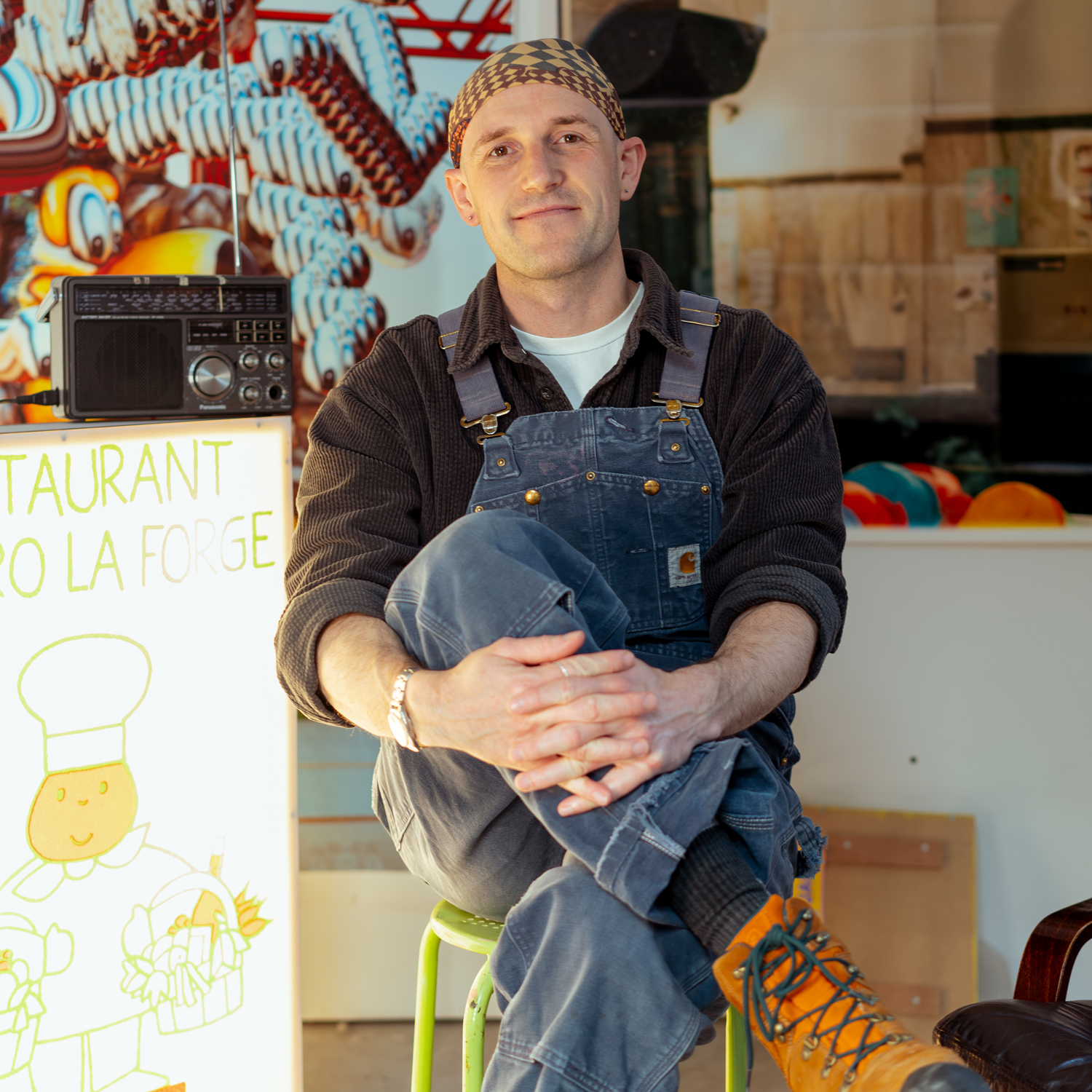
Jack Burton in his studios in Brussels, Belgium.
The foundation of my work is photography, but I wouldn’t call myself a photographer, I would say in general I am an artist, or a mixed media artist if you want. But for me photography is a practice of active and sustained attention, of noticing, of observing. This act is more important for me than the singular images it might produce, though I do love it when you get a real keeper, something you can build a whole body of work on.
These works at SWAB are the result of this practice of attention, and they reflect different states of being I often find myself in. I live and work in two different countries, and I come from a third different country. Because of this I am often on the road, and I put my head down in many different locations I call home, or something close enough to home anyway.
I am in no way special in this regard, I think this is in fact a very common way to live in today’s world, but I wanted to try and visually represent this state of being by focusing on the act of travel, and those places where one finds temporary refuge. Each work is about movement or the pausing of that movement, and each individual work tries to capture the psychic vibe of the place and state I was in when I took the original photo. This ranges from the ecstatic sense of flight the road still gives me, to the feeling of being imprisoned by my own self made circumstances.
Mattia Guarnera-MacCarthy
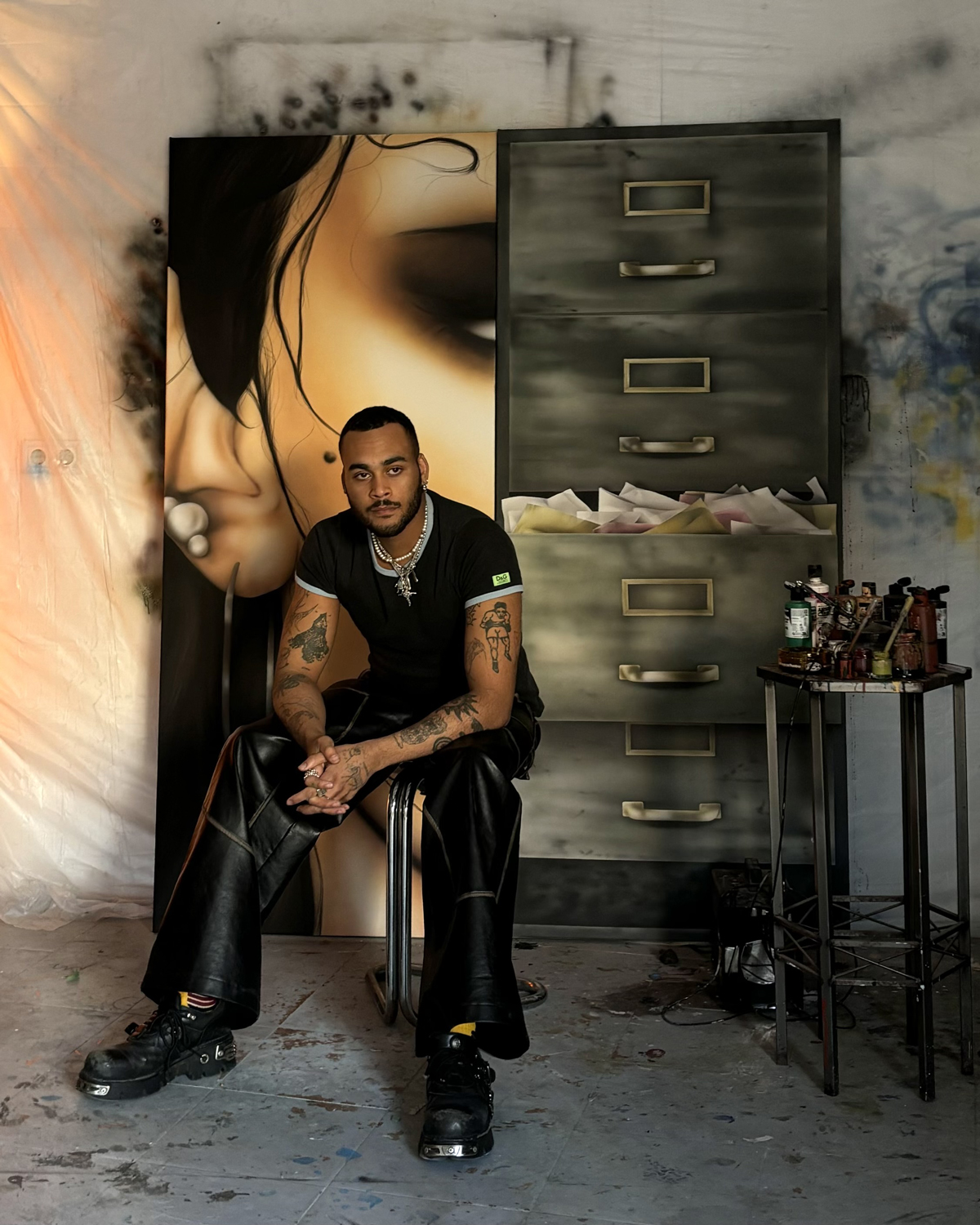
Mattia Guarnera-MacCarthy during his residency in Palma de Mallorca, Spain
It is well known the impact that the development of photography had on the history of painting. For the first time, images were captured with light, directly from reality, and with a notable degree of realism… With the democratization of photography, this impact only grew. With the arrival of integrated cameras and social media, we now consume more images than ever before. We do so eagerly, quickly, with hardly any time for digestion between one image and the next.
So, what sense does it make to paint from a photograph or reproduce a photographic image in painting? To begin with, if photography deals with light, painting constantly deals with matter. In this exercise of translation – from light color to material color – many things happen. It is a process of reflection, grappling with the limits of one’s own technique. Mattia’s work sits at this intersection, in the space of translation as learning. To better understand the world around him, he portrays what he sees, like a visual diary, translating photographic images into paintings and engaging in an intuitive and experimental process that involves color, surface, technique. In this proliferation of images in which we are immersed, painting recovers and recreates a slow time. It is this type of time that can be found in Mattia’s works.
